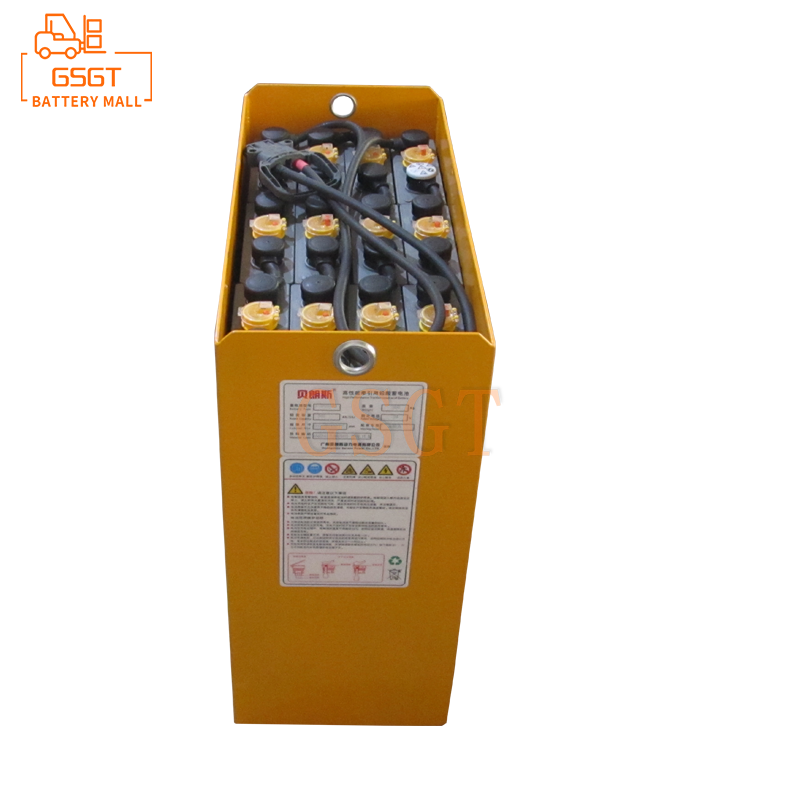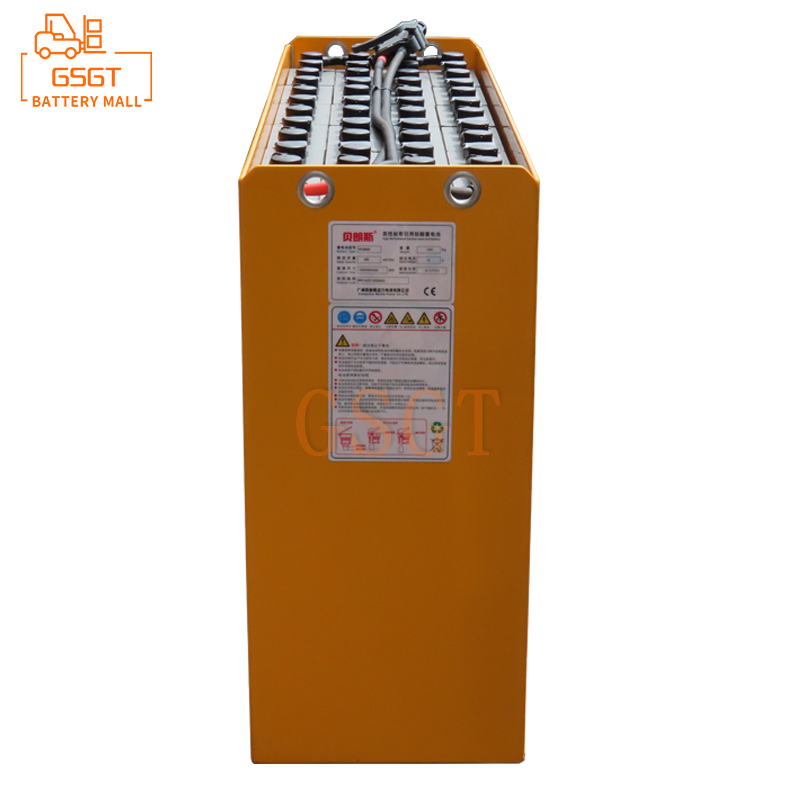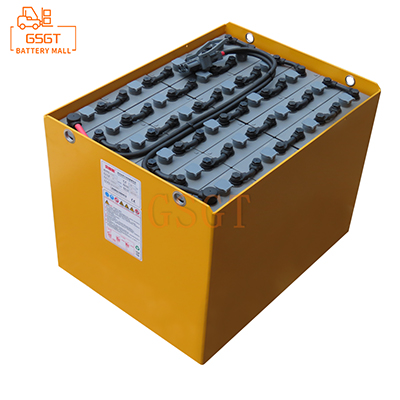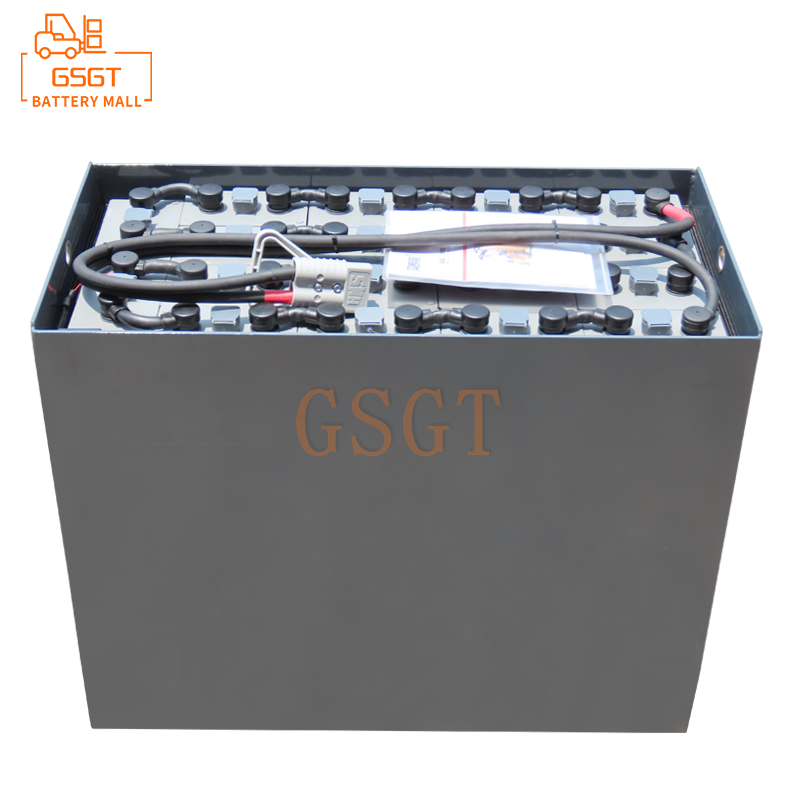Time:2025-03-12 12:03:52
Browse:244
In the use of lead-acid batteries, water maintenance is a key and quite technical operation, which plays a pivotal role in extending battery life and maintaining good performance. However, if the operation is improper, not only can not achieve the desired effect, but also may cause irreversible damage to the battery. Here is a detailed way to share the correct maintenance of lead-acid batteries with water.
1,determine whether water is needed
Not all lead-acid batteries need to be regularly added water, first of all must be accurately judged. For maintainable lead-acid batteries, there is usually a level observation hole in the battery housing. Under normal circumstances, the electrolyte level should be between the upper and lower marks of the observation hole. When the liquid level is below the lower limit mark, and even the plate can be seen showing the liquid level, it indicates that the battery needs to add water. In addition, if the battery has a serious heat when charging, insufficient charge, or the power drop too fast when discharging, excluding other fault factors, it is also very likely to be caused by insufficient electrolyte, at this time to further check the liquid level to confirm whether to add water.
2, choose the right water
1. ** Distilled water ** : This is the most ideal choice. After distillation process, the distilled water removes various impurities and minerals in the water, and the purity is extremely high, which can maximize the interference with the electrochemical reaction inside the battery due to the introduction of impurities. The use of distilled water can ensure the chemical stability of the electrolyte and maintain the good performance of the battery. There are distilled water on the market specially for the sale of lead acid batteries, and pay attention to the selection of regular manufacturers' products to ensure quality.
2. ** Deionized water ** : Deionized water that removes most ions in water by ion exchange resin and other methods can also be used for battery water. Its purity is similar to distilled water, and can also meet the water quality requirements of lead-acid batteries. In some cases where distilled water is difficult to obtain, deionized water is a good alternative. However, it should be noted that the preparation process of deionized water is complex, the quality of the product is uneven, and it is necessary to carefully screen when purchasing to ensure that the water hardly contains harmful ions.
Do not use tap water, mineral water and other water containing a large number of minerals, metal ions and other impurities. After these impurities enter the battery, they will chemically react with the electrolyte, accelerate plate vulcanization, increase the internal resistance of the battery, and seriously affect the performance and life of the battery.
3, adding water operation steps
1. ** Preparation ** : Before adding water, be sure to cut off the connection between the battery and the charger, load and other devices to ensure safe operation. At the same time, prepare an appropriate amount of distilled or deionized water, as well as clean syringes, droppers and other water adding tools. To prevent injuries caused by electrolyte splashing, wear protective equipment such as protective glasses and rubber gloves.
2. ** Open the battery safety valve ** : Different types of lead-acid batteries, the position and opening of the safety valve are slightly different. Generally speaking, the safety valve is located at the top of the battery, some are screw cap, need to use a screwdriver and other tools gently unscrew; Some are clasp types, which can be opened by carefully flicking the clasp with your finger or a tool. When opening the safety valve, pay attention to the force to avoid damaging the safety valve or battery housing.
3. ** Add water ** : Use a syringe or dropper to absorb appropriate amount of water and slowly inject it into the battery from the opening of the safety valve. During the process of adding water, closely observe the liquid level change to ensure that the liquid level rises to the upper and lower limits of the observation hole. The amount of water added to each cell battery should be roughly the same, and cannot be added too much to avoid electrolyte overflow. Under normal circumstances, the amount of water added to each single cell battery is about 5-15 ml, and the specific amount of water can be referred to the battery instruction manual.
4. ** Install the safety valve ** : After the completion of adding water, wipe the safety valve clean to ensure that there are no residual water droplets or impurities, and then install the safety valve accurately back to the original position according to the opposite steps of disassembly, tighten or buckle to ensure a good seal to prevent electrolyte leakage and external impurities.
4,treatment after adding water
1. ** Standing ** : After adding water, the battery needs to stand for a period of time, so that the added water and the original electrolyte are fully mixed and uniform, generally standing for 2-3 hours is appropriate. Do not perform any operation on the battery during this period, so that the liquid inside the battery naturally merges and stabilizes.
2. ** Charging ** : After the end of standing, use the appropriate charger to charge the battery. At the initial stage of charging, the current should not be too large, and a small current constant current charging method can be used to make the chemical reaction inside the battery proceed smoothly. As charging progresses, the battery voltage gradually rises and the charging current automatically drops. When the charger shows that the battery is full, or the battery voltage reaches the specified termination charge voltage and the current drops to a certain value, stop charging. This charging process can help activate the active substances inside the battery and restore the battery performance.
Lead-acid battery water maintenance seems simple, in fact, each step contains technical points. From accurately judging the time to add water, to carefully selecting the right water, to standardized and detailed water adding operation and follow-up treatment, each link is related to the health and life of the battery. Follow the correct method and regularly do water maintenance for the battery, so that the lead-acid battery can continue to serve us stably and play a reliable energy storage role in all kinds of equipment.

$1105

$3810

$3405

$2140

MESSAGE
Professional And Efficient
Security
Affordable Price
Professional Services